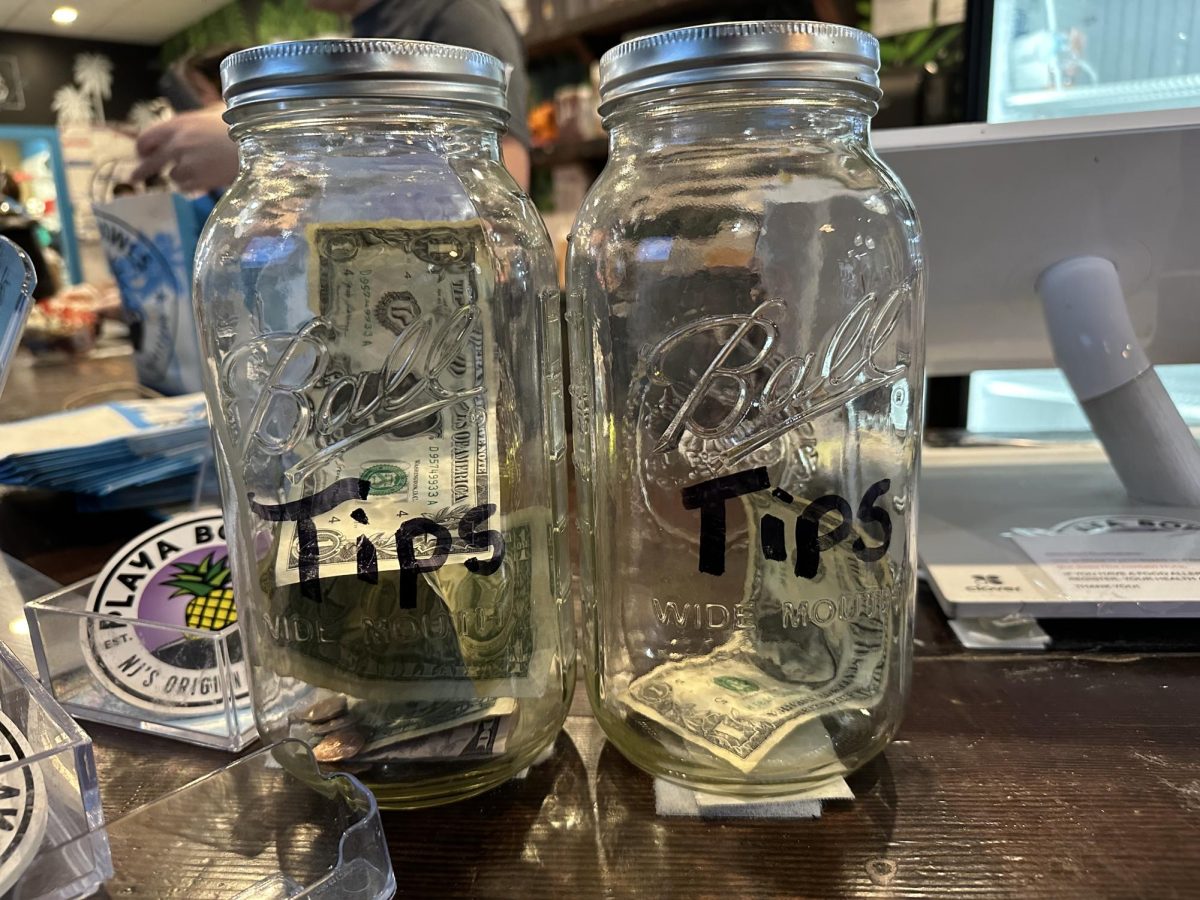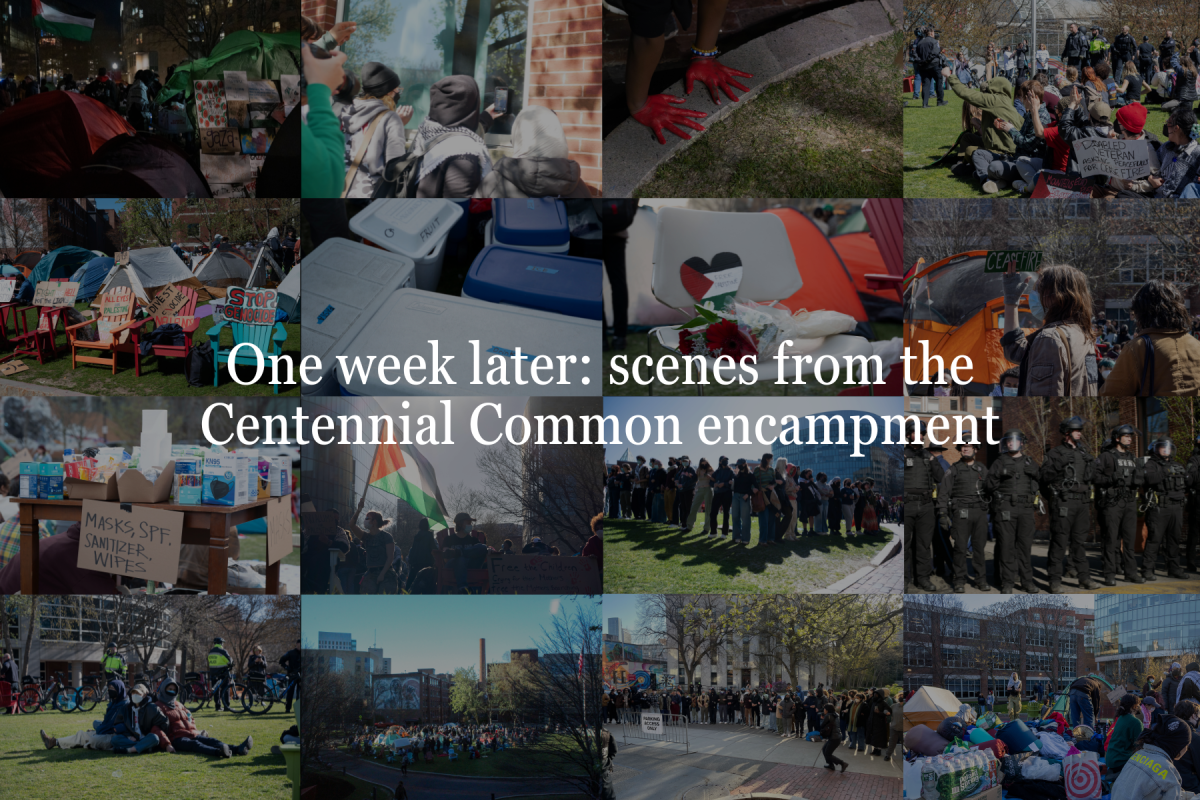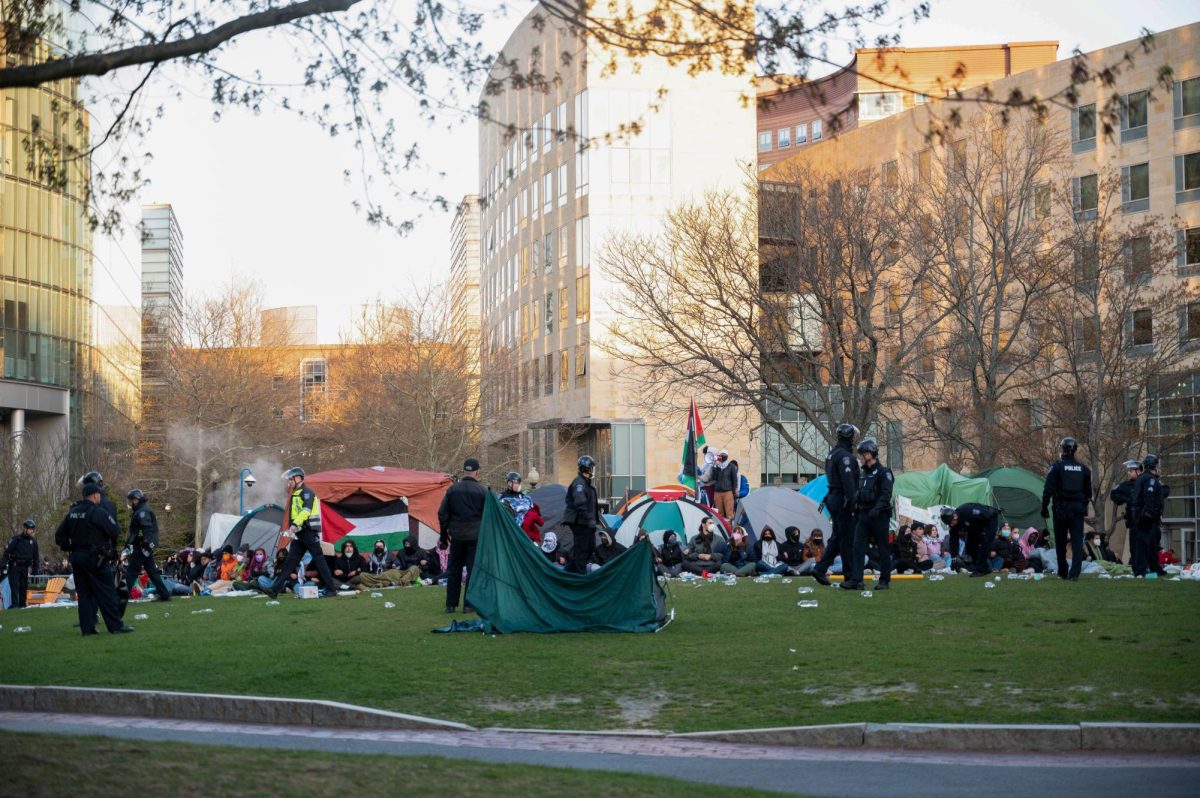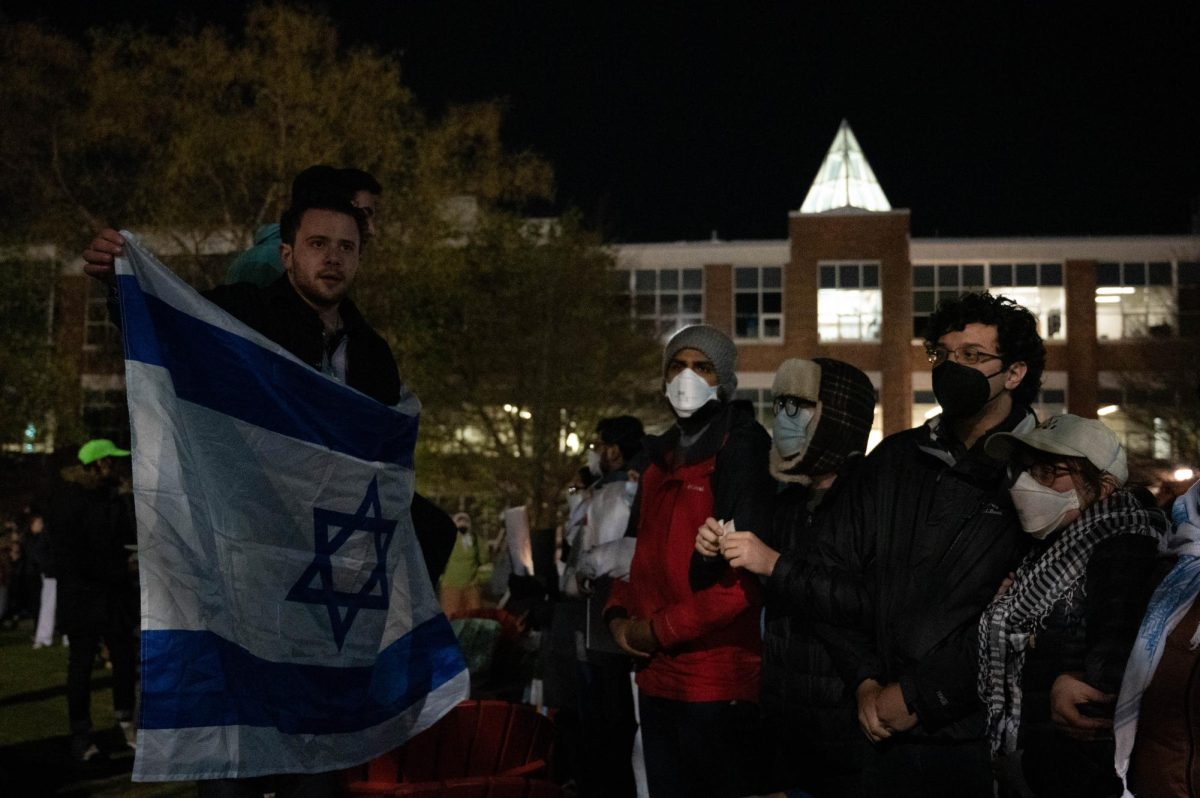By Nicole Haley
In a small room with a grand piano, eager journalists waited for their interviewee. Minutes later, a soft spoken, red-haired woman eloquently spoke on her new album and concert at Lowell’s Tsongas Arena.
The room was silent, as they attentively listened to the fascinating musical storyteller, Tori Amos.
Known for her erotic and intensely original piano playing and truly unique sound that places her music almost in a genre of its own, Amos recently released a new album, “Scarlet’s Walk.” The 18-track disc is a concept album, what Amos referred to as her “epic novel.” Once again, she has demonstrated her experimental nature in doing something unlike anything she has ventured into before.
These lyrics tell a story of a young woman, Scarlet, traveling through America and her adventures along the way to her final destination of settling down as a mother. Amos said that writing an album with characters and a story was not entirely different from writing personal songs from her own experience, which she is known for.
“Just because you have a character doesn’t mean you’re not in it. Writers sneak around in characters,” Amos said.
With a daughter and husband of her own, Amos stressed the importance of respecting the wishes of people in your personal life to not be openly displayed in your public work. Amos said that in order to keep her personal life and be a good writer, she had to be careful about how she wrote her own views and personal experience into the story. One of the four lovers that Scarlet comes across in her travels is actually inspired by Amos’ husband.
“My husband does not know who he is in this work,” Amos said. “And I think it’s better that way.”
With more than 20 years of experience in writing music, she felt inclined to share some of her strategies. Amos stressed the importance of treating her work as a musician as an apprenticeship where she is constantly learning and expanding her sources of inspiration which she frequently referred to as her “metaphorical palette.”
“You have to change what’s in your palette. You can’t recycle — not with songs,” Amos said.
Amos said that her palette is influenced by a wide variety of sources ranging from books to photographs to fictional characters. Addressing the title of the first track, “Amber Waves,” Amos affirmed the reference to the character of the same name from the movie Boogie Nights.
“Boogie Nights was a part of my palette but so was America the Beautiful,” Amos said trying to convey the diversity of her inspirational sources.
Careful to address social issues both within her music and in other areas of her life, Amos addressed the significance of writing the post September 11 album. One track on Scarlet’s Walk, “I Can’t See New York,” includes references to September 11 and has already won much critical acclaim by reviewers.
“A window opened when the mass murder occurred. People started talking about their relationship to America. She, ‘the soul of New York,’ became personified,” Amos observed.
Amos conveyed her hope that the event served as an awakening that might combat the greed she observes in our culture. With much Native American imagery in Scarlet’s Walk, Amos points out not all cultures take their land for granted.
“If you take and you take, you become takers instead of caretakers. After September 11, I think more people decided to be caretakers,” Amos said.
The character of Scarlet in the album is really just getting to know America, since all of the other characters in the album are, as Amos put it, “America personified.”
When asked about the potential and future of college radio, Amos drifted off into an insightful speech about this generation. Noting that our generation has the ability to network more than any generation that came before; Amos expressed concern that we are not networking about the most important things.
After a long discussion, Amos answered the question bluntly: “College radio in your generation can change the face of the world – or not.”
Though she still considers herself a student, Amos did play the role of mentor but recognized there can be an even exchange between the generations.
“It’s really important that songwriters and poets nurture the next group. You have a perspective I don’t have,” she said.
Later that night, members mostly from this new generation, lined up literally around the block to see Amos in all her glory at Tsongas Arena. From watching her lively set, most people wouldn’t be able to tell that Amos had appeared at four different radio stations in the afternoon.
Instruments like a guitar, rarely heard in the beginning of Amos’ music career, accompanied her melodic moans to adventurous openings to old classics like “Crucify.” For her part, Amos sat between her piano and organ turning back and forth in less than a second during the course of any one given song. Her performance, including six encore songs, seemed to soar past her fans’ expectations.
Able to carry her personable conversation from a small room of about 20 to an arena filled with thousands, Amos talked to her fans in between songs. Commenting that though it might sound crazy, the concert setting felt like a living room, Amos transitioned into a song: “I can’t see you in the 400th row/But this I want you to know/It’s the coziest and closest thing to home.”













